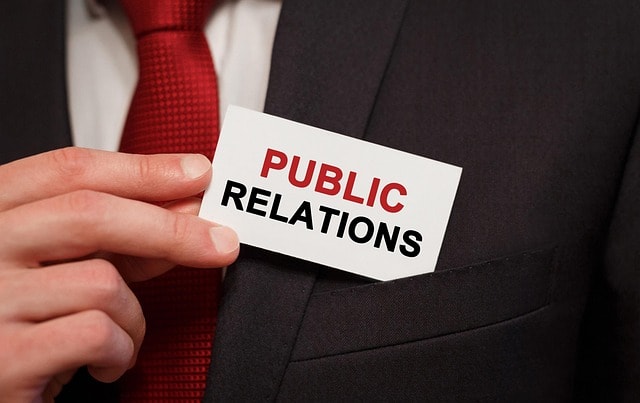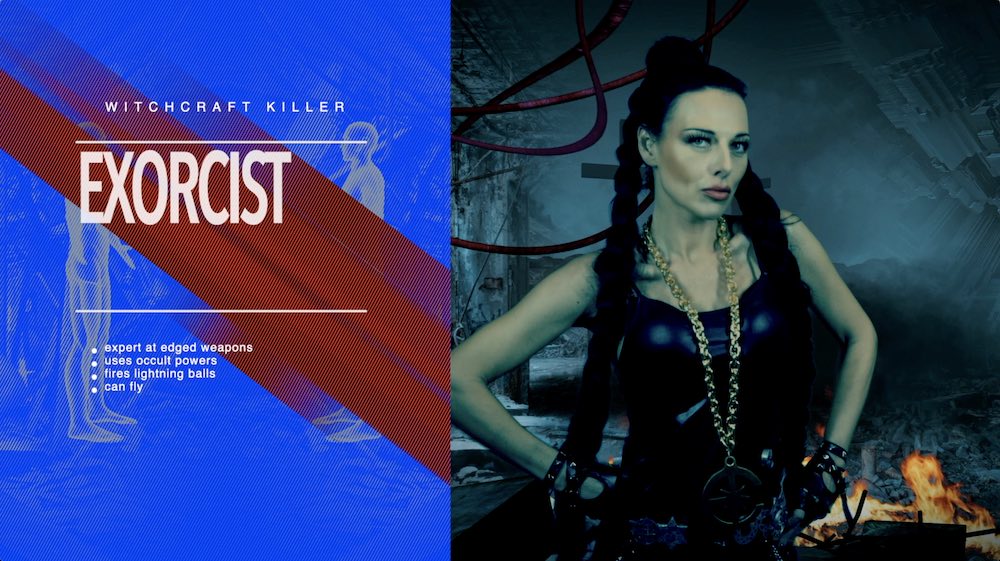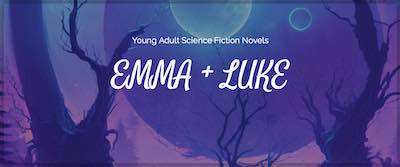From anonymous dreamer to professional creator — here’s how to turn your talent into a career, build your brand, and get noticed by the art world and media.
Becoming an artist today is about far more than just talent. In a world ruled by visibility and social proof, being “good” is only the beginning. You need to be seen, be heard, and be remembered. Whether you’re a painter, digital illustrator, sculptor, photographer, or conceptual creator, the path to becoming a recognized artist now runs directly through marketing, branding, and — yes — public relations.
An artist’s work refers to the original creations made by fine artists, which can vary in medium and style.
This guide breaks down how to become an artist and get recognized, using real-world strategies that apply whether you’re just starting or ready to scale up. You’ll learn how to develop your voice, build your online presence, and use publicity to rise above the noise.

What Does It Mean to Be an Artist in 2025?
An “artist” isn’t just someone who makes things. An artist today is:
- A creator with a unique voice
- A communicator with cultural relevance
- A brand with media visibility
Art galleries are crucial venues where fine artists can display and sell their work, enhancing their visibility and marketability.
Whether you’re trying to get into a gallery, land your first press mention, or build a collector base online, your success depends on your ability to merge creativity with visibility.
The journey of artists as they exhibit their artwork and navigate the art world involves receiving feedback, networking, and creating a portfolio that reflects their unique style.
Introduction to Art
The art world is a vibrant and diverse community, encompassing professional artists, fine artists, and visual artists who create a wide range of artworks, from paintings and sculptures to installations and performances. To become a successful artist, one must have a strong passion for making art and a willingness to develop their creative talents through practice, dedication, and hard work.
Many artists, including famous ones like Vincent van Gogh and Pablo Picasso, began their careers by experimenting with different techniques and mediums, eventually finding their unique style and voice. Fine art, in particular, requires a deep understanding of color theory, composition, and other key factors that contribute to creating good art.
Successful artists often have a solid foundation in the fine arts, which they may have acquired through formal education at an art school or through self-taught efforts. Graphic designers, fashion designers, and other creative professionals are also considered artists, as they use their artistic abilities to create visually appealing and effective designs.
An artist’s work is not only about creating art but also about communicating with their target audience and conveying their message, emotions, or ideas. Many artists struggle to make a living from their art, but with persistence, effort, and a bit of luck, it is possible to achieve financial success and create a successful art career.
The art world is full of opportunities, from exhibitions and galleries to art fairs and online platforms, where artists can showcase their work and connect with other artists, collectors, and art enthusiasts. Ultimately, becoming a professional artist requires a combination of talent, hard work, and dedication, as well as a willingness to continuously learn, grow, and adapt to the ever-changing art world.
Step 1: Define Your Artistic Identity

Before you can become an artist in the public eye, you need clarity on who you are:
- What medium do you work in? Oil, digital, textile, sculpture, installation, performance?
- What themes dominate your work? Identity? Politics? Nature? Luxury? Conflict?
- What emotions do you want your work to evoke?
- Who is your work for? (This is your audience — buyers, fans, curators, investors)
Artists may create works that focus on a particular subject matter, which can influence their branding and marketability.
Your artist statement becomes the foundation of your brand. It should be bold, authentic, and easy to understand. Don’t hide behind big words. Communicate your vision clearly.
Step 2: Build Your Portfolio (Online First)
In 2025, your website is your gallery. Before anyone offers you a show or buys your work, they’ll Google you. Your site needs:
- High-resolution images of your art (professional photos only)
- Artist bio and statement
- Contact info
- Social media links
- Press coverage or exhibitions (if you have them)
Creating great art that resonates with audiences and elevates their emotional and intellectual experience is crucial for making a lasting impact.
Use a clean platform like Squarespace or Wix — or better yet, have a custom site made if you’re aiming for premium exposure.
Pro Tip: Use your full name as your domain name if possible. Own your name on Google.
Step 3: Post Like a Pro — Social Media for Artists
You don’t need to be an influencer — but you do need visibility.
Instagram is still the top platform for visual artists. TikTok and Pinterest also offer massive reach, especially if you post process videos, studio tours, or time-lapses. Don’t underestimate YouTube Shorts and LinkedIn for high-value visibility (yes, art collectors and gallerists use LinkedIn).
Seeking inspiration is a fundamental aspect of an artist’s journey. Sharing your sources of inspiration on social media can engage your audience and provide insight into your creative process.
Your content strategy should include:
- Behind-the-scenes: Show your tools, sketches, process
- Final pieces: High-quality close-ups and context
- Personal insights: Why you made the work
- Press coverage: Share every publication and interview
- Engagement: Talk to your audience — respond, react, repost
Use relevant hashtags like #contemporaryart, #artcollector, and your city (#miamiart, #brooklynartist, etc.) to tap into global and local traffic.
Step 4: Start Small — Then Expand
You don’t need to be in MoMA on day one.
Start with:
- Online platforms like Saatchi Art, Artsy, or Singulart
- Local art fairs and pop-ups
- Collabs with fashion brands, NFT creators, or musicians
- Open calls from local galleries and nonprofit spaces
Regardless of your skill level or knowledge, the key is to start creating and dive into the creative process with boldness and a willingness to learn.
Each small win adds to your credibility trail — something that press and investors care about. Document everything. Photos, captions, stories, interviews. This becomes your media kit.
Step 5: Understand the Power of PR

PR is not advertising. It’s not a sponsored post. It’s earned media — features, interviews, mentions in respected outlets.
When you get published in Forbes, Elle, Rolling Stone, or art magazines like Juxtapoz or Artnet, it tells the world: this artist matters.
Learning from successful people in the art industry can provide valuable insights and help you navigate your career effectively.
How do you get that?
- Hire a PR agency that specializes in artists and creative branding (yes, like VUGA Media Group)
- Pitch your story to relevant outlets
- Use your past exhibitions or collections as proof of relevance
- Have strong visuals, bios, and links ready
Media placement changes how people value your work. It justifies pricing, attracts collectors, and builds a permanent Google presence.
Step 6: Create a Signature Series or Collection
Random pieces scattered across time won’t build your legacy. Instead, develop a cohesive body of work — a collection.
Honing your craft through consistent practice, education, and feedback is essential for creating a distinctive voice and achieving success in the competitive art world.
This is your series — something with a name, a concept, a message. Think:
- “The Money Series” – exploring capitalism and identity
- “Color Codes” – a visual language of emotion
- “Synthetic Gods” – merging mythology with AI
A named series allows people to follow your evolution. It makes your work memorable and allows you to position it for press and exhibition themes.
Step 7: Get Published — Artist Press Strategies
Once you have a body of work and some buzz, go after media exposure. Here’s how:
- Start with niche art blogs and platforms like Booooooom, Hypebeast, or Design Milk
- Write your own press release (or hire someone to do it)
- Submit to online magazines, digital zines, and YouTube interviewers
- Tag and DM editors on Instagram with a short pitch
Structured learning and organized education are crucial in the course of an artist’s career. Without this formal guidance, the path can become chaotic and inefficient.
You can also target larger outlets once you’ve built social proof. Getting featured in Forbes as a “rising creative entrepreneur” is absolutely possible — but it requires a clear story, a standout brand, and media strategy.
Step 8: Price Your Work With Confidence
Even if you’re new, don’t underprice.
- Factor in time, materials, size, uniqueness, and demand
- Track your pricing — consistency builds trust
- Raise prices gradually as demand grows or after press
Establishing financial goals is crucial for making money through art sales. Building a career in art involves strategic marketing and persistence.
Collectors pay not just for the piece, but for the story, scarcity, and prestige attached to it. Press helps increase perceived value.
Step 9: Sell With Style — Platforms and Partnerships
List your work on professional platforms (NOT Etsy if you’re positioning as high-end):
- Artsy
- Saatchi Art
- 1stDibs
- SuperRare (if digital/NFT)
Balancing the pursuit of a career in the arts with achieving financial stability is crucial when living as an artist. Many artists must make conscious choices about their priorities, whether driven by the joy of creating art or the necessity of making a living, and these choices can shape their artistic paths and success.
You can also collaborate with:
- Interior designers
- Luxury boutiques
- Music video sets
- Fashion editorials
Every placement adds to your public profile.
Step 10: Think Long-Term — Build an Artist Brand
Becoming an artist is a long game. The real win comes from building a recognizable name with artistic, cultural, and commercial value.
Financial security and more stability are crucial in the art world, as they allow artists to focus on their craft without the stress of unpredictable income.
Your name becomes:
- A Google search result
- A domain
- A press headline
- A social handle
- A price tag
You’re not just selling art — you’re building an artist brand. So think like a CEO, act like a visionary, and market like a media company.
Final Thoughts
You don’t need to be born into the art world to belong there. You need vision, consistency, and visibility. In 2025, the most successful artists are those who combine creative excellence with bold self-promotion. You can paint in silence — but to sell, you must be seen.
While the journey may be challenging, maintaining hope and a positive outlook is crucial in navigating the art world and realizing your artistic aspirations.
This is your permission to take up space.
VUGA Media Group is a global media powerhouse with direct access to over 1,000 of the world’s leading publications and a proprietary network of 15,000 verified journalists. We work with major brands, celebrities, influencers, producers, and businesses across every industry to craft powerful narratives and deliver guaranteed media coverage. With over 1,000 clients served worldwide, our results speak for themselves. Contact us—and let us make you famous.





